(679 products available)





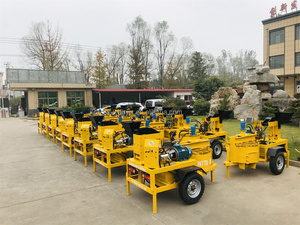









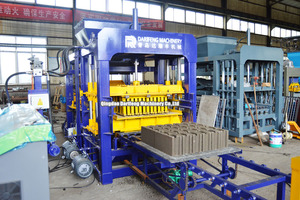












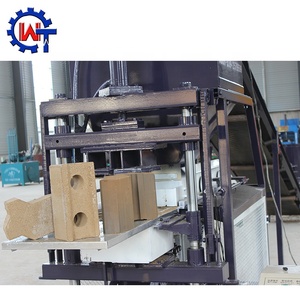



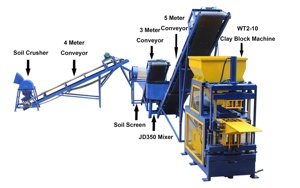





















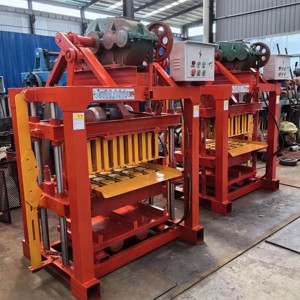



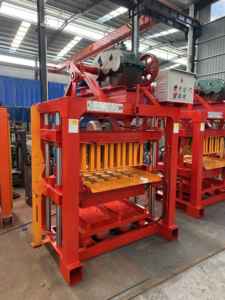







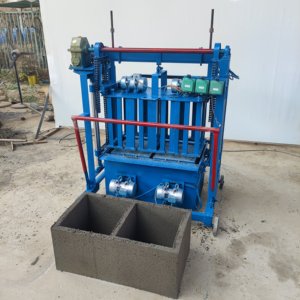

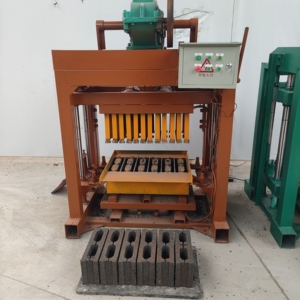
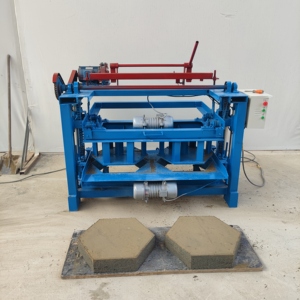























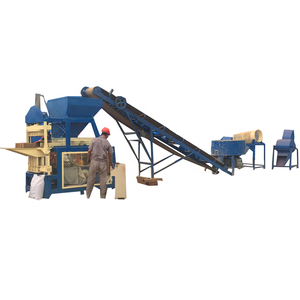
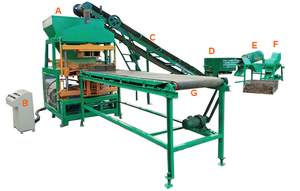



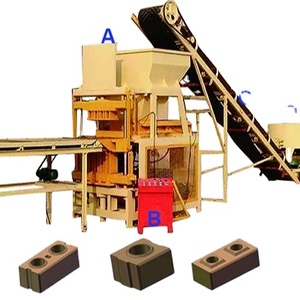



















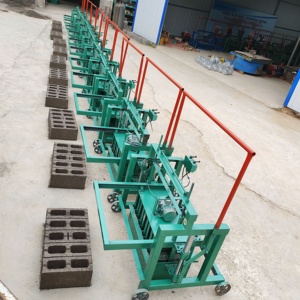
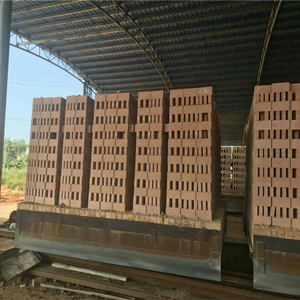
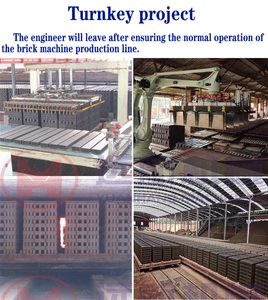











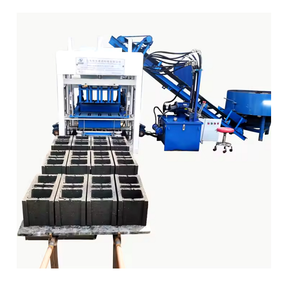






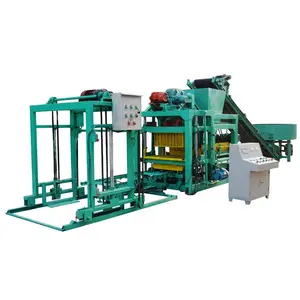





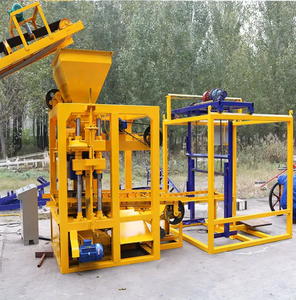









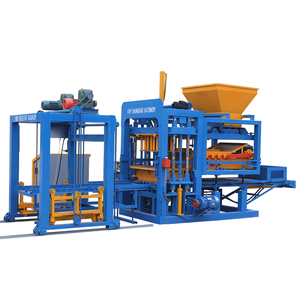
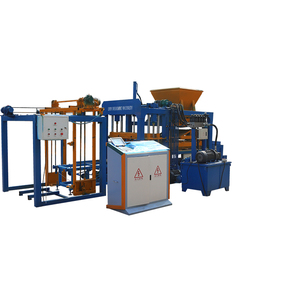
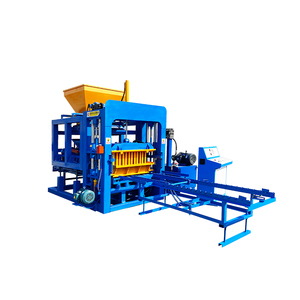


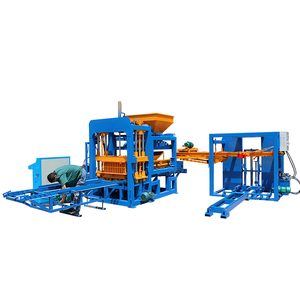









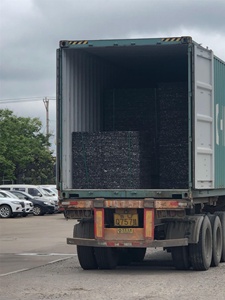











Clay brick making projects can be completed using a variety of methods, each with its own distinct features and benefits. The following are some of the most common types:
Manual clay brick making project
Manual clay brick making projects use hand-operated tools and machines. In this type of clay brick making, raw materials are extracted, mixed, and molded into bricks by hand. Hand-operated brick presses or molds are usually used in the manual clay brick making project. Therefore, operators press and shape the clay into bricks. Once the manual handling is done, the bricks are air-dried and fired in kilns. Though labor-intensive, manual clay brick making projects offer low-cost setups for small-scale production. They also allow for greater control over brick quality.
semi-automatic clay brick making project
A semi-automatic clay brick making project includes both automated and manual processes. To start, raw clay materials must be processed manually, then put into an automatic machine for molding. Automatic machines in semi-automatic projects may include extruders or rotary-shaping presses. Once the molding is done, drying and firing of the bricks is a manual task. While requiring less labor than manual projects, semi-automatic clay brick making has lower production rates compared to automatic projects. The semi-automatic project allows operators to have more control over production.
automatic clay brick making project
In an automatic clay brick making project, the entire process from mixing to molding to drying is fully automatic. Large-scale production facilities use fully automatic projects with high capacity and efficiency. Some machines used in an automatic project include fully automatic feeders, mixers, extruders, cutters, and hydraulic presses. Once the creamy mixture is put into these machines, they start to mold and cut the mixture into green bricks. Automatic projects tend to have a more expensive startup but offer higher efficiency. They also provide lower production costs.
Different clay brick making machines have distinct specifications. Here are some of the common specifications alongside their maintenance requirements:
Production Capacity
Users should regularly check the quality of the raw materials to ensure the best brick quality. They should also ensure the materials are in the right size, moisture, and composition. Users can achieve the ideal capacity and minimal breakdowns by appropriately calibrating the machine’s settings to match the specific materials and desired output.
Power Requirements
Users should inspect the power supply and connections to the machine frequently to avoid voltage drop issues. They should also consider using an uninterruptible power supply (UPS) or a generator to ensure the machine's continuous operation in case of power interruptions. Additionally, when selecting new machines, users should ensure they choose those that have power requirements compatible with the existing supply system.
Automation and Control
Users should schedule regular inspections and maintenance for the machine’s automated components, including sensors and control systems, to ensure they are working properly. They should also install backup systems such as manual overrides to maintain operational control during unexpected failures or emergencies. Moreover, users should consider investing in power surge protectors to safeguard the automated control systems from voltage spikes that may cause damage.
Molding Method
Users should ensure there is proper lubrication of the moving parts of the molding platforms. This will reduce friction and ensure smooth operation. They should also install cooling systems or heat sinks on high-temperature areas of the molding platforms to prevent overheating. If the molding method involves pressing or extruding, users should regularly check and maintain the hydraulic or pneumatic systems to ensure they are functioning properly.
Machine Size
Users should ensure they have optimized the machine’s workload. They should avoid overloading it beyond the recommended capacity to preserve its structural integrity and avoid distortion. If the machine comes with adjustable components, users should periodically assess the production needs and adjust them to enhance efficiency. Users should also consider adding material handling systems such as conveyors to reduce manual handling and minimize the risk of damage to the machine.
Water Requirement
Users should ensure proper mixing to prevent excessive moisture, which can lead to scaling and water stagnation. They should also consider installing efficient drainage systems to prevent water pooling around high moisture areas of the machine. Users should also invest in dust control solutions such as water mist systems to improve soil dampness and reduce the risk of dust-related issues.
Clay bricks are used in different industries because they make durable, long-lasting products. The most common industry that uses clay brick-making machines is the construction industry. In the construction industry, machines for making clay bricks are used to produce building materials that are used to construct houses, commercial buildings, factories, schools, hospitals, and other infrastructural projects.
Construction projects typically use three types of bricks: structural, facing, and fire. Structural bricks are primarily load-bearing units. They are used to support the weight of buildings and are designed to be used in areas where weight is a consideration. Structural bricks are typically standardized to ensure proper fit and performance.
Load-bearing walls, which support the weight of the roof and any upper floors, often use structural bricks. In some cases, structural bricks might also be used in the foundation of a building. Because structural bricks support the weight of a building, they need to be strong and durable, just like clay. Strong, durable clay is commonly used in the production of structural bricks.
Unlike structural clay bricks, which are load-bearing units, facing bricks are primarily aesthetic consideration units. Facing bricks are used in exposed areas of buildings, like the exterior walls, where appearance matters. They are made from exactly the same material as structural bricks.
Fire clay bricks are designed to withstand high temperatures. High-temperature environments, such as the interior of fireplaces, pizza oven constructions, or furnace linings, use fire clay bricks. They can resist heat up to 1,200°C because they are manufactured from pure alumina-silicate refractories. Fire clay bricks are also used in incinerators, kilns, chemical plants, and steel mills.
Besides the construction and customization of furnaces, ovens, and fireplaces, other industries that make use of clay brick-making machines include the cement industry, metallurgical industry, petrochemical industry, glass industry, and aluminum industry.
Therefore, investors can generally expect a good return on their investment when they invest in a clay brick-making machine.
Before investing in a clay brick manufacturing project, analyzing the market thoroughly is essential. The buyer must try to understand the present scenario and future expectations of the brick markets. If only a handful of projects are present in the area, the buyer can expect a fair market price for the bricks produced in the new project. Similarly, if there are already too many projects producing bricks in the area, exploring potential distant markets is essential to achieving project success.
The existing competing projects must be studied in-depth to understand their features and how to improve them. Because of the close proximity to certain markets, some competing projects will naturally have the upper hand. This advantage must be exploited by offering project features that stand out from others.
Apart from this, it is also very important to study the demand for different kinds of bricks. If there is a huge demand for burnt clay bricks, it may be a good investment to invest in a project that solely manufactures burnt clay bricks. If the market demands fly ash bricks, the same must be studied in-depth, and an investment in a project that manufactures fly ash bricks should be made. In short, the buyer needs to be careful to invest in a project that meets the requirements of the target market.
It is also vital to analyze the raw materials needed for the project to succeed. A project situated close to a good supply of clay or shale will always have an upper hand in producing quality bricks. The distance of the project from the raw material source will affect transportation costs and overall profit margins (as production costs will be higher because of high transportation costs).
Since a great amount of money is needed to invest in an industrial-scale brick-making project, it would help if the investor became fully aware of the kind of project they want to invest in. The manual brick-making project requires human labor to operate various machines and tools. In automated or semi-automated projects, advanced technology, including hydrostatic pressures and electronic controls, is generally used. Fully automated large-scale projects use programmable logic controllers (PLC) to control the entire brick-making process from start to finish. Apart from knowing the level of automation and technology used in the project, the investor should also be aware of how the climate and environmental conditions suit the project in question. Certain projects may need more energy consumption than others; thus, it is important to study the electrical energy and power supply networks in the vicinity of the project.
Q1: What is the outcome of a clay brick making project?
A1: The outcome of a clay brick-making project is a well-established brick production plant capable of producing a consistent and high-quality supply of bricks for local customers.
Q2: What is the first step in a clay brick making project?
A2: The first step in a clay brick-making project is conducting a feasibility study to assess the project's viability. The study will evaluate the local market demand for bricks, supply of raw material, operational cost, estimated profit, and the project's location.
Q3: Do business investors seek expert advice in a clay brick making project?
A3: Investors looking to fund large-scale clay brick production projects usually seek expert advice. This may include consultations with experienced brick manufacturers, market analysts, and financial advisors.
Q4: What are the features of a successful clay brick making project?
A4: A successful clay brick making project has features like eco-friendly production methods, energy-efficient kilns, and automated production lines. More importantly, the project will have well-designed facilities and safe working environment for all employees.